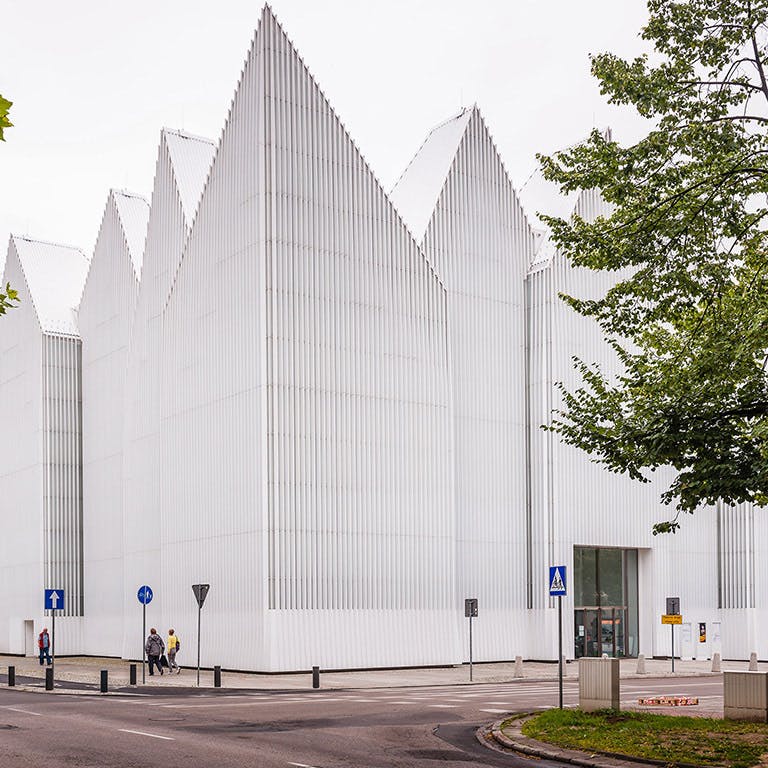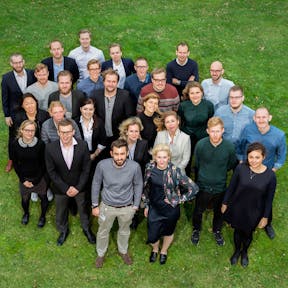Cavity wall insulation is a common solution for thermal transmission in buildings throughout much of the world.
Buildings constructed since the early-to-mid 20th century typically have an outer wall with a cavity. Originally designed to better prevent water from coming through, since the 1960s and 70s these have often been filled with insulation – primarily for thermal performance.
Cavity wall insulation can bring additional benefits by reducing carbon emissions – and improving health and indoor comfort1.
Without proper insulation, in hot climates, heat will easily come in, increasing the need for cooling. This will lead to higher energy bills.
Discover more about the benefits, products, and installation methods of ROCKWOOL cavity insulation today.



















